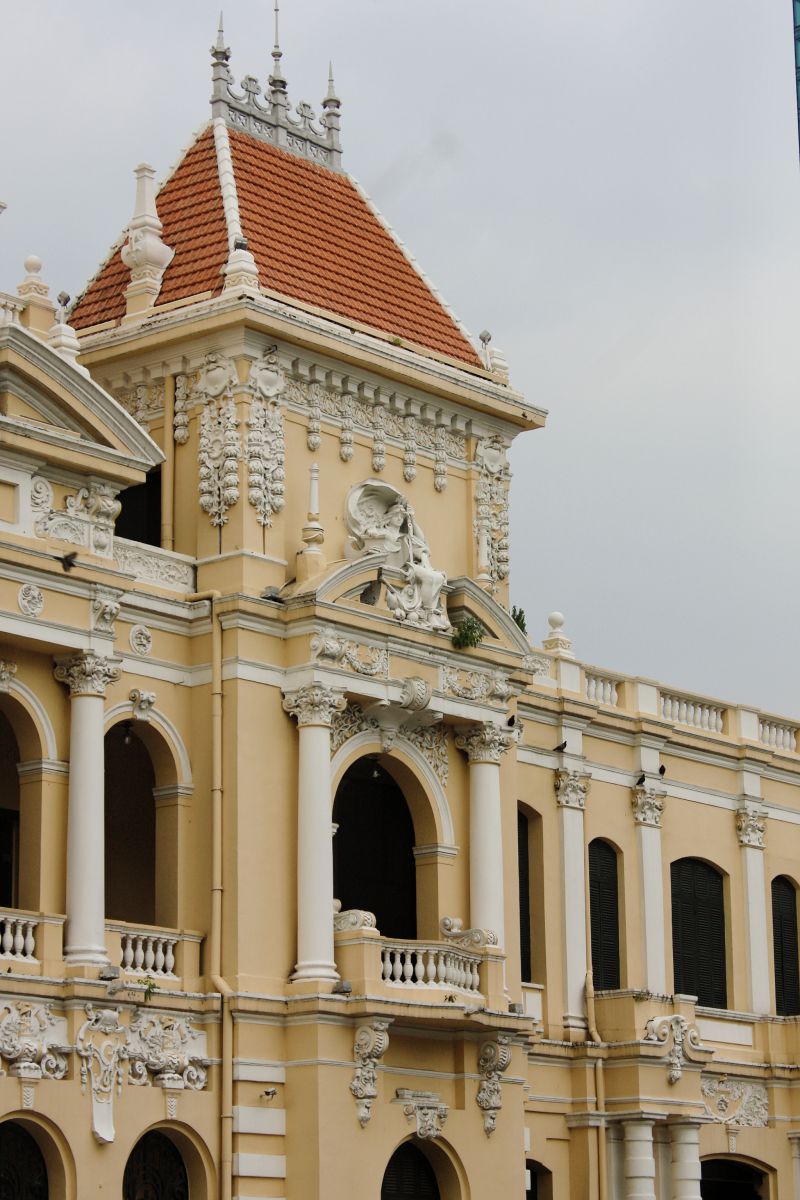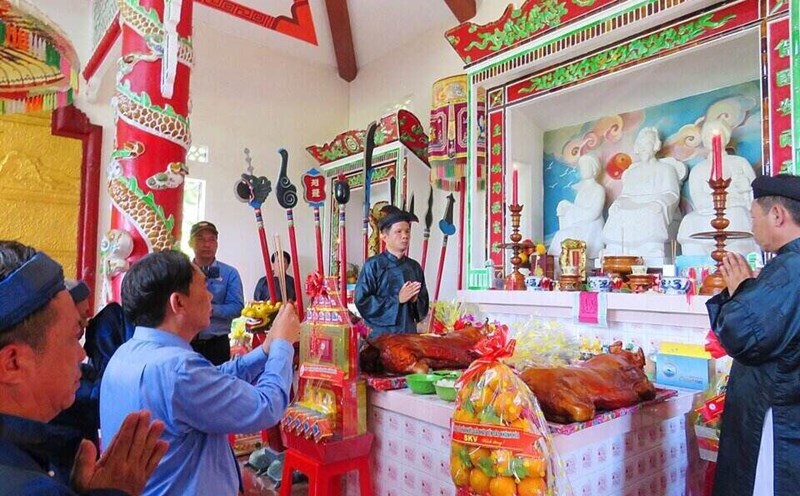This article shares some perspectives from young people working in the heritage sector, on the journey of participating in conservation and expressing the generation's thinking in preserving heritage in new ways in contemporary life.
Gia Dinh - Saigon - Ho Chi Minh City, has had more than three hundred years of development, today the city contains many complex architectural layers from traditional wooden architecture, to French periodic architecture, developing designs from neo-Classical times, Art Deco, and then modern architecture. And it is impossible not to mention the architectural groups of unique communities such as the Chinese in the Cho Lon area...
Preserving the city's heritage in an era of shifting towards modernization was once considered two difficult stories to resolve. However, now from the younger generation, those who are seeing the potential in preserving urban identity right in the process of upgrading infrastructure and the economy of this era.
The initiative and courage in experimenting with new solutions show that the younger generation who love heritage not only cares about immediate benefits but also knows how to cherish and preserve traditional spiritual values.
More and more projects based on research models are starting to flourish, the number of cultural activities and academic exchanges initiated by young people is gradually increasing, perhaps helping the context of heritage protection to be more optimistic.

The projects rediscovering history, architectural beauty, traditional costumes, local cuisine, and everyday stories of the city's residents not only demonstrate the shift in young people's concern for spiritual values, but also show that these values can be sustainably exploited to create momentum to promote economic and social development.
In a world that tends to build cities similar to each other with buildings made of pure glass and steel, the cultural stories of each locality further demonstrate their appeal, expressing issues of identity and national identity is one of the major concerns of the young community.
Along with economic development and changing living tastes, many ancient architectural works in Ho Chi Minh City and many other urban areas are at risk of being destroyed to make way for new, more modern amenities. In this context, a new approach is gradually being shaped, which is the adaptive reuse model (adaptive reuse, rehabilitation). For works that are not subject to absolute conservation, this method proposes to preserve core values of original architecture, typical of the times, along with interesting stories related to the lives of previous owners.
On that basis, the addition of functions, added modern amenities, and edited according to a new design language help the project continue to meet the needs and tastes of contemporary residents. This trend was still spontaneous and disjointed at the beginning, but recently it has gradually positioned many clear features, for example, through the emergence of a series of unique cultural and creative spaces, cafes, and restaurants developed on a heritage platform.
These business models have received the active attention of young people and have become places of vibrant interaction. By reviving tangible heritages and adapting to them, it not only helps prolong the life of ancient structures, but also encourages the creation of a new lifestyle, in harmony between the past, present and future.
Perhaps, next, we need to aim to create common sets of principles of conduct and guidelines to make the trend more systematic and strict.
The modern context opens up many opportunities for cooperation, especially with the emergence of the trend of working in many industries and inter-sectors. In the field of heritage conservation, the collaboration and dialogue of many personnel from many specialties and diverse perspectives have become a driving force to help exchange methods and experiences, aiming for more comprehensive solutions.
Our experience shows that the smooth coordination between architects, historical researchers, social scientists & humanitarians has brought positive results in architectural conservation efforts.

Architects and architectural researchers play an important role in analyzing styles, materials, structures and proposing scientific and economical restoration methods. Meanwhile, the social policy and human resources sector provides research on history, aesthetic views over time, spiritual values, recognition of community life and the people's connection with heritage, these contributions will help conservation practices become closer and more practical.
With the flexibility and adaptability to the diverse context of academic fields, young people are becoming a force promoting inter-sectoral cooperation. They proactively approach and connect with experts from many fields, creating a dynamic collaboration network. Encouraging the trend of inter-sectoral and inter-generational cooperation will create motivation for the exploitation and preservation of the city's heritage.
One of the effective project models in connecting the community ownership of heritage, the public - especially young people - multidisciplinary academics is a community -based research model (Community -based participatory research - CBPR). Different from the traditional approach, when the competent researchers are in charge of issues and solutions, CBPR put the community in the position of partner with the right to participate and decide in data, as well as appropriate action plans.
This model encourages the creation of new knowledge, data and theories from the field, in which the voice and experience of the community are considered a weak source of knowledge prices, not just a passive research subject as before.
Based on data of 61k followers on the fanpage of the Tan Man Kien Truc project, a project built on the CBPR platform, the 80% of those interested are quite young people from 18 to 35 years old, they come from many different fields such as architecture, society, even finance and healthcare...
That proves that the story of heritage is still strongly vibrant in the hearts of the younger generation, overcoming professional barriers and daily concerns. We believe that cooperation is the key and driving force for sustainable development, helping heritage continue to find a new presence and breath in an ever-changing world.











